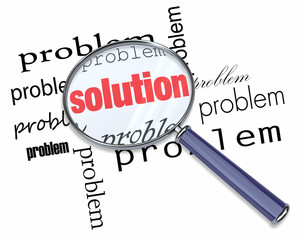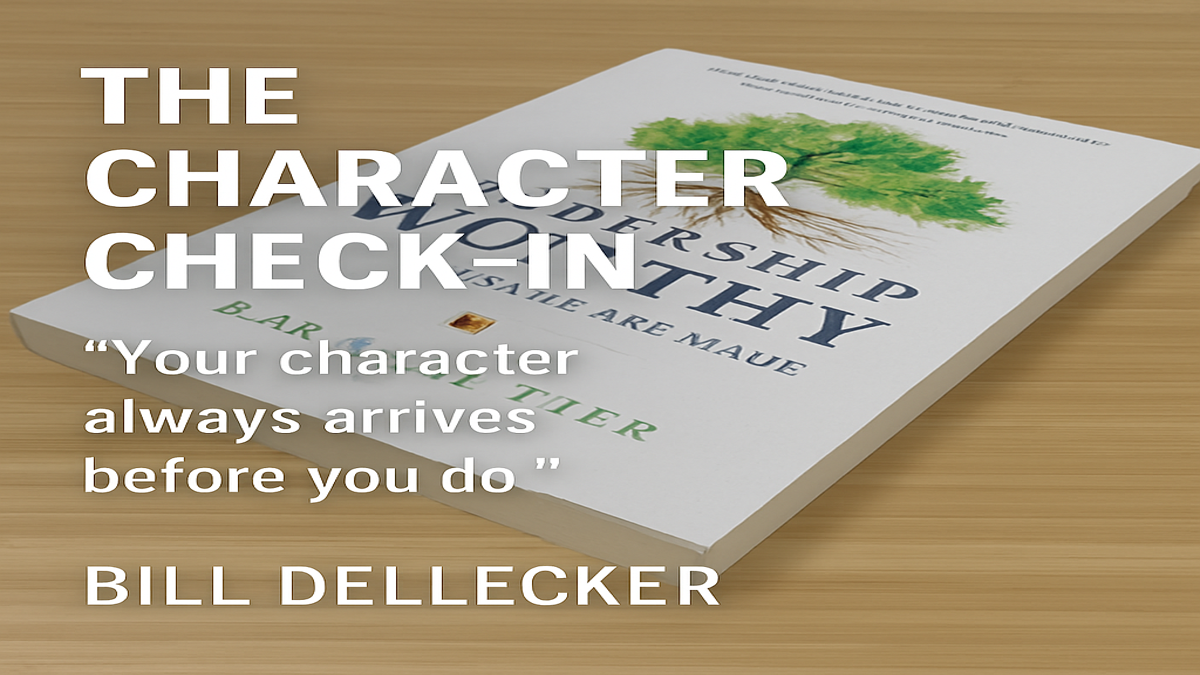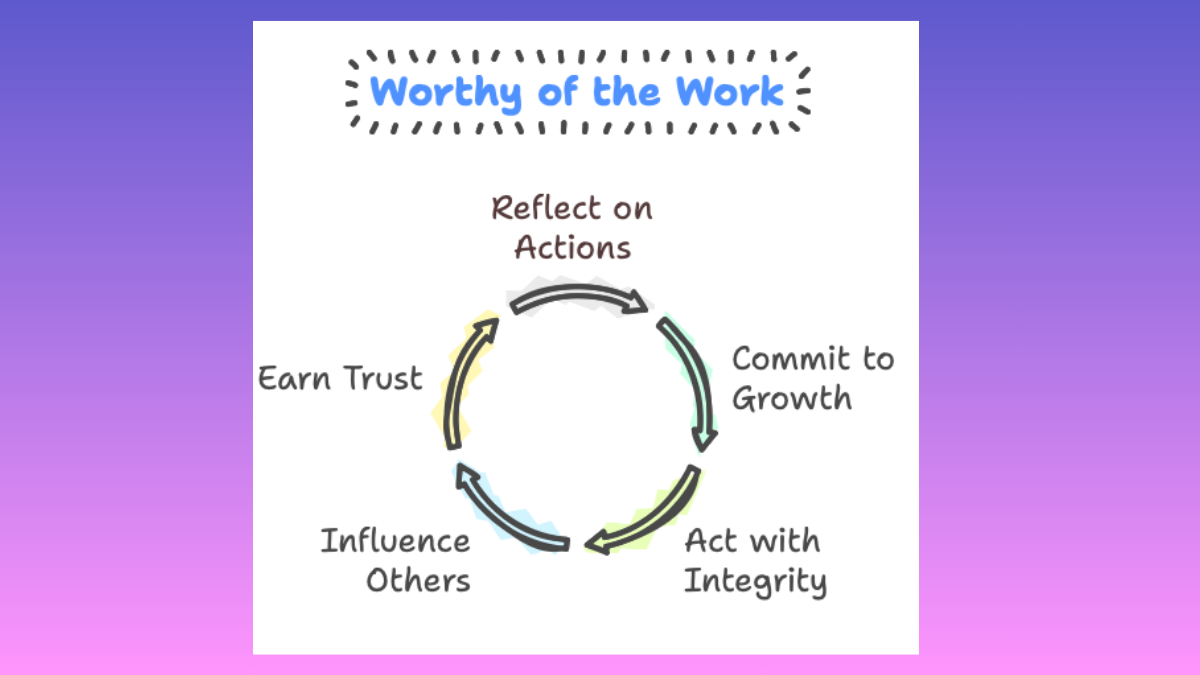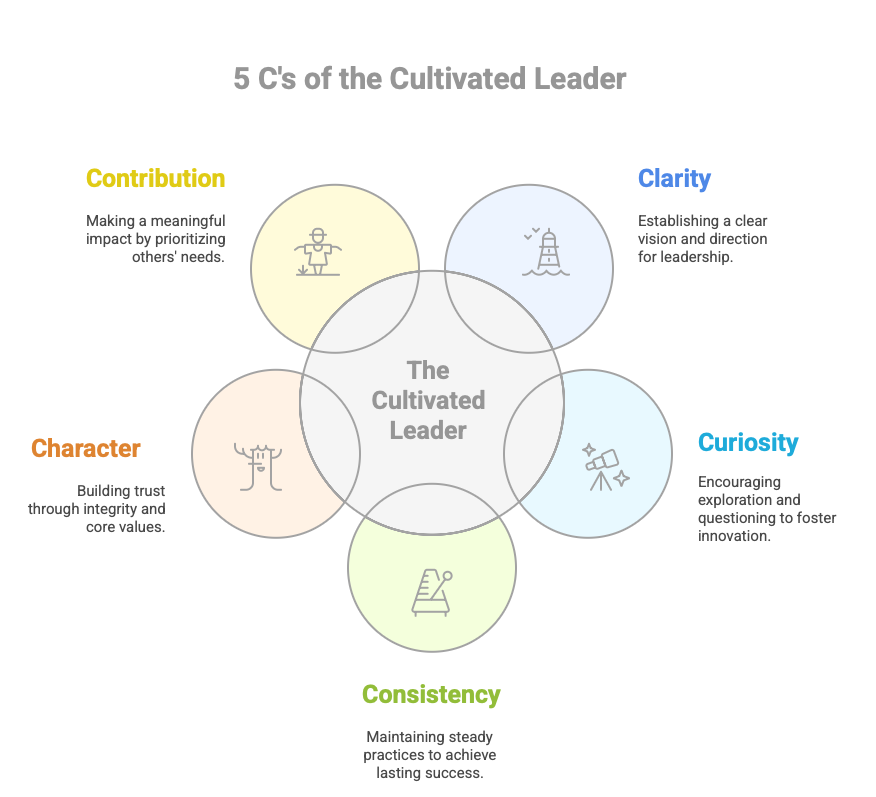Problem-solving
Encountering “problems” is an aspect of every day life that we all experience. Unfortunately, solving them is not as common. Problems are not like fine wine; they do not improve with age if kept in a cool, dark place.
If you’re a manager, some of your greatest responsibilities are in identifying, analyzing and solving problems. The workers you lead and the customers you serve depend upon it. If you can’t (or won’t) solve apparent problems, you can’t (and won’t) be effective. It’s up to you to actively find problems in the business and work with others to solve them. If too many problems lie in the way of providing the product or service, forward progress is blocked and growth becomes impossible.
If you’re working on a service delivery team, creating value goes beyond the physical work you do or tasks you perform. You owe it to yourself, your coworkers and your customers to identify problems and present them for solution. That presentation should be accompanied with an idea for solving the problem as well. After all, the people closest to the action know best how much problems hurt progress and are in the best position to know what will solve them. This is true even if the resources, information or training need to come from someone else.
When problems are solved, opportunities emerge. Go find one today and fix it; you’ll feel better and someone will thank you for it!
If you’re a manager, some of your greatest responsibilities are in identifying, analyzing and solving problems. The workers you lead and the customers you serve depend upon it. If you can’t (or won’t) solve apparent problems, you can’t (and won’t) be effective. It’s up to you to actively find problems in the business and work with others to solve them. If too many problems lie in the way of providing the product or service, forward progress is blocked and growth becomes impossible.
If you’re working on a service delivery team, creating value goes beyond the physical work you do or tasks you perform. You owe it to yourself, your coworkers and your customers to identify problems and present them for solution. That presentation should be accompanied with an idea for solving the problem as well. After all, the people closest to the action know best how much problems hurt progress and are in the best position to know what will solve them. This is true even if the resources, information or training need to come from someone else.
When problems are solved, opportunities emerge. Go find one today and fix it; you’ll feel better and someone will thank you for it!






